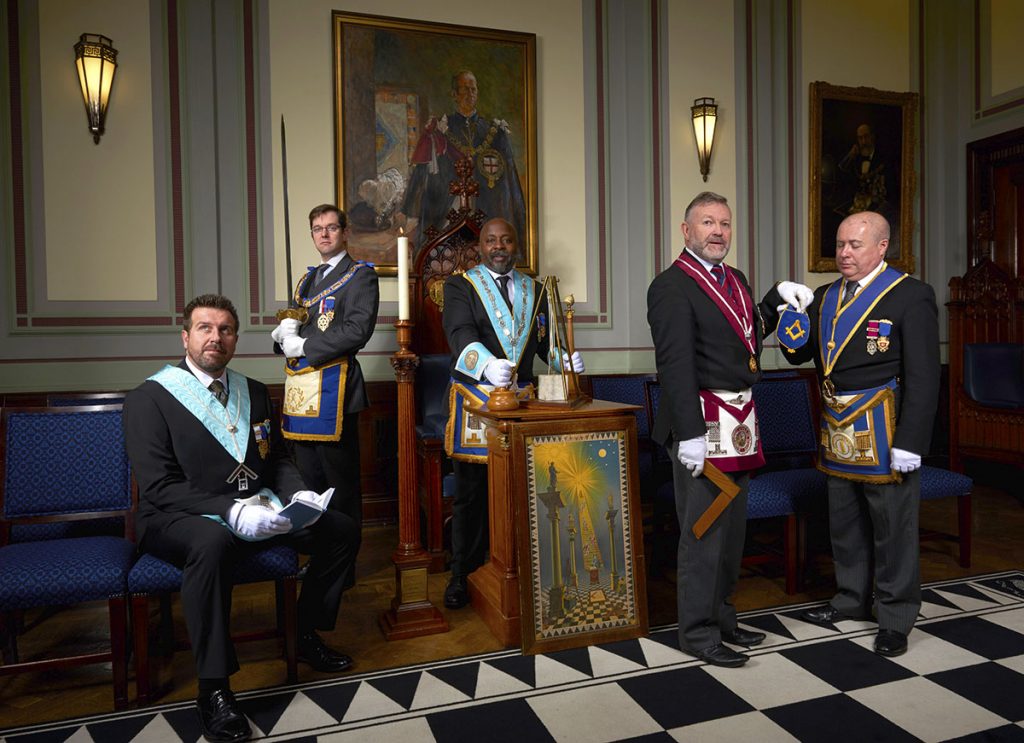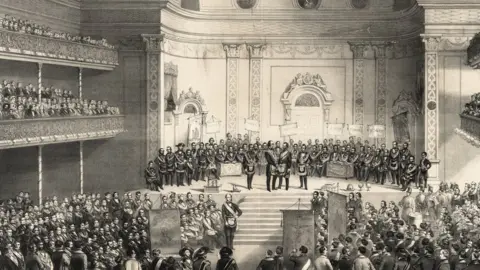Learn the Secrets Behind the Membership Process to Join Freemason Easily
Learn the Secrets Behind the Membership Process to Join Freemason Easily
Blog Article
Discover the Keys Behind the Freemason and Their Influence on Culture
The Freemason, typically shrouded in myth and supposition, presents a fascinating case study of how historical perfects can change into contemporary conspiracy theory concepts. As we explore its origins, impact on innovative idea, and portrayal in contemporary culture, we start to discover the layers of intrigue that continue to astound culture.
Beginnings of the Freemason
The Freemason, usually shrouded in enigma and supposition, traces its beginnings back to the late 18th century. Established in 1776 in Ingolstadt, Bavaria, the group was started by Adam Weishaupt, a professor of canon regulation. Weishaupt intended to advertise Knowledge worths, including factor, secularism, and the separation of church and state. Recognized as the Bavarian Freemason, the company's key goal was to counter the prevailing influence of spiritual dogma and advertise intellectual discourse among its participants.
The Freemason adopted an ordered structure, drawing ideas from Freemasonry, which allowed for deceptive meetings and rituals. Subscription was discerning, including significant figures from different areas, including national politics, approach, and scientific research. This elite network looked for to impact social and political change with private methods, promoting for the legal rights of people and the improvement of culture.
Regardless of its relatively short presence, the Bavarian Freemason was officially disbanded in 1785 as a result of government suppression (how to become a freemason). Its legacy endured, providing rise to many conspiracy concepts and preferred culture references that proceed to provoke intrigue and discussion regarding its impact on modern society.
Secret Myths and False Impressions
Among the attraction of privacy bordering the Freemason, many myths and misconceptions have arised, usually distorting the team's real nature and purposes. One prevalent myth suggests that the Freemason manages the globe's federal governments and economic situations. While it is true that the team aimed to influence social structures, the idea that it operates as a cohesive worldwide creature master is mainly exaggerated.
One more common misconception is that all members of the Freemason possess huge wide range and power. Actually, the initial Freemason consisted of intellectuals and Enlightenment thinkers, a number of whom looked for reform as opposed to supremacy. The concept that the Freemason solely hires stars and political numbers is misdirecting; subscription has actually traditionally included a diverse array of individuals.

Historical Impact on Society
Throughout history, numerous intellectual activities have greatly affected social structures, and the Freemason played a considerable duty during the Enlightenment. Established in 1776 in Bavaria, the Freemason intended to promote factor, secularism, and the doubting of established authority, responding to the supremacy of spiritual conviction. This company attracted prominent thinkers and supporters of liberty, cultivating an atmosphere for the circulation of Enlightenment ideals.
The Freemason's principles promoted logical thought and empirical proof, which contributed to the more comprehensive intellectual landscape that motivated social reform and political modification. Members looked for to reshape society by advocating for education, flexibility of expression, and the splitting up of church and Related Site state. Their clandestine nature and enthusiastic agenda sparked both intrigue and suspicion, causing their ultimate suppression by the Bavarian government in 1785.
Despite their Full Report dissolution, the heritage of the Freemason lingered, influencing cutting edge movements throughout Europe and the Americas. Their commitment to knowledge concepts assisted prepare for contemporary democratic ideals and civils rights, leaving a lasting imprint on the foundations of contemporary society. The attraction of their deceptive gatherings and philosophical searches remains to captivate the creativity, emphasizing their historical relevance.
Modern Interpretations and Beliefs

Several supporters of Freemason concepts assert that an effective elite controls global events, influencing national politics, economics, and society to serve their interests. This viewpoint is regularly sustained by a question of governmental and banks, causing the belief that an undetected hand manages social end results - how to become a freemason. The net has actually enhanced these interpretations, with social media platforms serving as fertile ground for the dissemination of conspiracy theory theories
Moreover, some modern interpretations assume that the Freemason functions as a metaphor for the battle between knowledge and benefit of joining freemason ignorance, with supporters advertising awareness and important reasoning as a way to counteract perceived oppression. This duality-- viewing the Freemason as both a literal and symbolic entity-- illustrates the continuous fascination with the principle, showing much deeper societal stress and anxieties regarding power, openness, and individual autonomy in the modern globe.
The Freemason in Popular Culture
The Freemason has infiltrated numerous elements of pop culture, showing up in literary works, movie, music, and art as a sign of intrigue and enigma. This secret society, often depicted as a shadowy pressure adjusting global events, has motivated many narratives that check out styles of power, conspiracy theory, and concealed knowledge.
In literary works, writers like Dan Brown have actually made use of the Freemason to weave complex stories loaded with thriller and historic references, triggering public fascination. Films such as "Angels & Demons" and "The Da Vinci Code" further amplify this attraction, illustrating the Freemason as a company with significant influence.
Songs, as well, has been affected by the idea of the Freemason. Artists like Jay-Z and Beyoncé have faced conjecture concerning their affiliations with the culture, triggering discussions concerning significance in their work and the nature of popularity.
Aesthetic art frequently includes Freemason concepts, with artists making use of icons like the Eye of Divine superintendence and the pyramid to evoke a sense of enigma. Through these different tools, the Freemason offers not just as a subject of supposition yet likewise as a lens where culture examines its own complexities and worries.

Final Thought
In final thought, the Freemason stands for a remarkable crossway of Knowledge suitables and modern social concerns concerning power and control. While its historical influence on cutting edge activities and democratic concepts is notable, the misconceptions and mistaken beliefs that have actually arised typically eclipse its real tradition. The long-lasting intrigue surrounding the Freemason, particularly within popular culture, highlights ongoing stress and anxieties concerning transparency and authority, guaranteeing that this enigmatic group remains a subject of both scholarly interest and public attraction.
Report this page